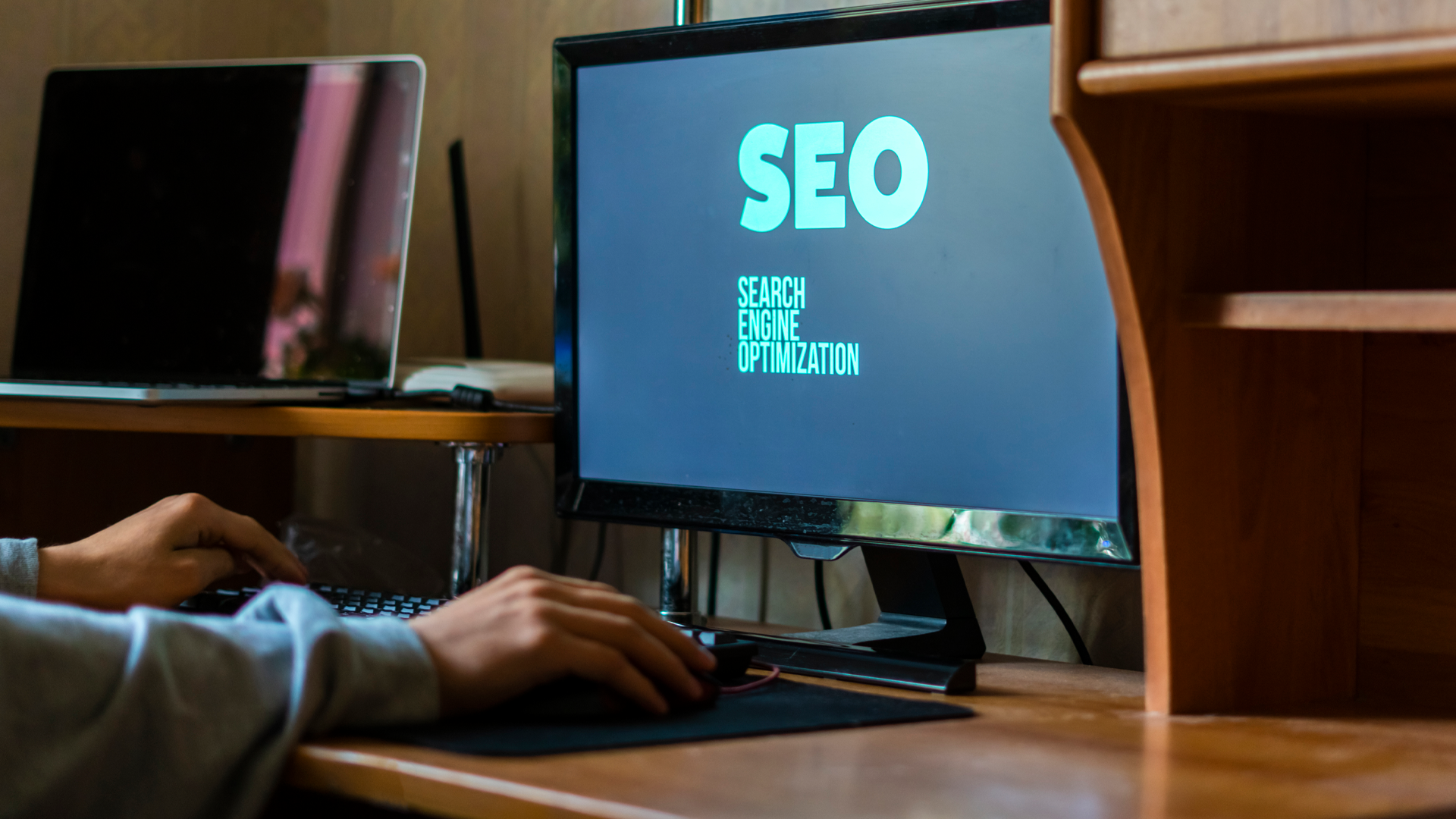In today’s digital world, small businesses face an important question when planning their marketing strategies: Should they invest more heavily in SEO or Paid Ads? Each approach offers unique benefits, challenges, and potential returns. Understanding these differences is key to making smart, profitable decisions.
In this article, we will explore SEO and Paid Ads in-depth, compare their costs, timelines, and effectiveness, and help you decide which strategy—or combination of strategies—will bring the best ROI for your business.
What is SEO?
Search Engine Optimization (SEO) is the process of improving your website so it appears higher in search engine results pages (SERPs) like Google or Bing. It includes several components:
- On-page SEO: optimizing website content, titles, and keywords.
- Off-page SEO: building backlinks from other reputable websites.
- Technical SEO: improving site speed, mobile-friendliness, and security.
The ultimate goal is to attract organic (free) traffic by ensuring that when people search for relevant keywords, your site appears at the top of the results.
According to BrightEdge Research, over 68% of online experiences begin with a search engine, making SEO one of the most powerful drivers of online traffic today.
What Are Paid Ads?
Paid Advertising refers to buying ad placements on platforms like Google, Facebook, Instagram, LinkedIn, or YouTube. Paid ads can appear in search results (e.g., Google Search Ads) or across websites and apps (e.g., Display Ads).
Types of Paid Ads include:
- Search Ads: Sponsored results on Google and Bing.
- Social Media Ads: Paid promotions on platforms like Facebook, Instagram, TikTok, and LinkedIn.
- Display Ads: Banner ads on websites across Google’s Display Network.
- Video Ads: Advertisements on YouTube and other video platforms.
Paid ads are designed to provide instant visibility and are ideal for time-sensitive campaigns, product launches, or targeting specific demographics quickly.
Pros and Cons of SEO
Pros:
- Long-term asset: Content can rank for years.
- Higher credibility: Customers trust organic results more than ads.
- Cost efficiency: No payment for each click or impression.
Cons:
- Takes time: May take 6–12 months for significant traffic growth.
- Unpredictable algorithms: Google’s algorithm changes can affect rankings.
- Requires expertise: SEO is technical and evolving constantly.
Pros and Cons of Paid Ads
Pros:
- Immediate traffic: Start seeing visitors as soon as your ad is live.
- Precise targeting: Demographic, location, interests, behaviors.
- Scalable: Increase budget = increase reach.
Cons:
- Ongoing cost: You pay for every visitor.
- Ad fatigue: Audiences can tire of seeing the same ads.
- Lower trust: Some users ignore or block ads.
Real-World Examples
Example 1: SEO Success A local bakery invested $1,500 monthly in SEO services. After 9 months, their website ranked first for “best birthday cakes [city]” and “custom cakes near me.” Organic traffic grew 500%, leading to a 200% increase in online orders. Now they spend nothing on ads yet consistently receive 5,000+ visitors monthly.
Example 2: Paid Ads Success A new online store selling eco-friendly bags launched a Facebook Ads campaign with a $3,000 budget. Within 2 months, they generated $15,000 in sales. However, once they paused ads, traffic and sales dropped immediately.
What Do the Statistics Say?
- SEO drives 1,000%+ more traffic than organic social media, according to BrightEdge.
- The average conversion rate for Google Ads across all industries is about 4.4% (Wordstream).
- The ROI of SEO is around 22:1, meaning every $1 spent on SEO can return $22 in value over time (Semrush).
- 75% of users never scroll past the first page of search results, emphasizing the importance of SEO.
Which Strategy Is Right for Your Small Business?
Choosing between SEO and Paid Ads isn’t about finding the “better” strategy—it’s about finding the right strategy for your goals:
Choose SEO if:
- You’re building a long-term brand.
- You have time to invest (6–12 months).
- You want sustainable growth without continuous spending.
Choose Paid Ads if:
- You need fast results.
- You’re promoting time-sensitive offers.
- You have a flexible marketing budget.
Best approach? Use both strategically.
For instance, run paid ads to boost traffic while building your SEO foundation. Over time, you can reduce ad spend as organic traffic grows.
Building a Balanced Digital Marketing Strategy
Here’s how many successful small businesses combine both approaches:
- Short-Term Focus: Use Paid Ads to generate leads and sales immediately.
- Long-Term Focus: Invest in SEO to build a strong, sustainable online presence.
- Optimize Continuously: Regularly review ad performance and SEO rankings, and adapt strategies.
- Content Is King: Create blogs, videos, and resources that serve both SEO and paid ad campaigns.
- Retargeting: Use paid retargeting ads to re-engage visitors brought through organic search.
This way, you get the best of both worlds: instant impact and lasting results.
Final Thoughts
In the debate of SEO vs Paid Ads, there’s no universal winner. Each has strengths, weaknesses, and an important role in a successful digital marketing strategy.
If you’re a small business owner, think carefully about your timelines, goals, and resources.
Are you looking for instant customers? Paid ads might be the answer.
Are you aiming for long-term growth and cost-efficiency? Invest in SEO.
Or better yet, blend both for maximum impact.
At the end of the day, the right digital marketing strategy is not about choosing one tool over the other — it’s about using each tool at the right time, in the right way.



